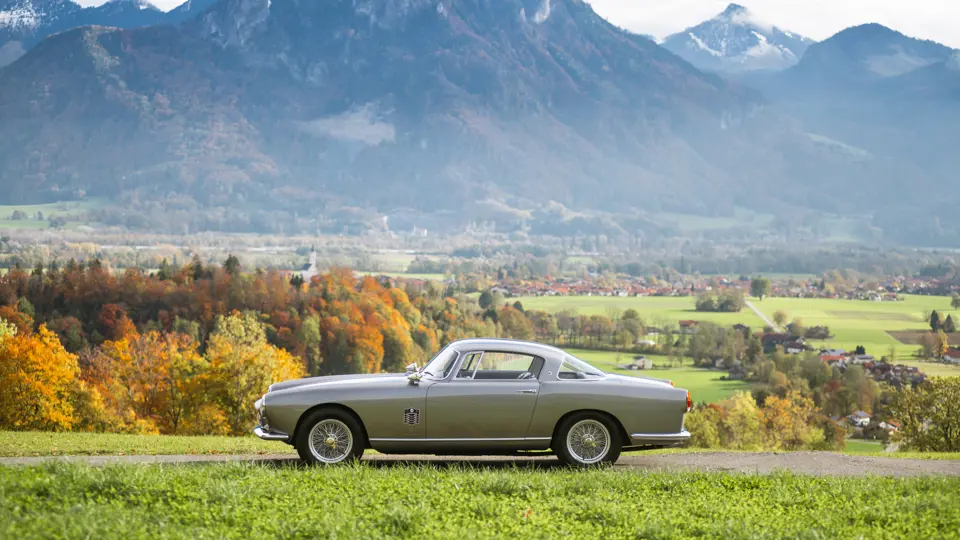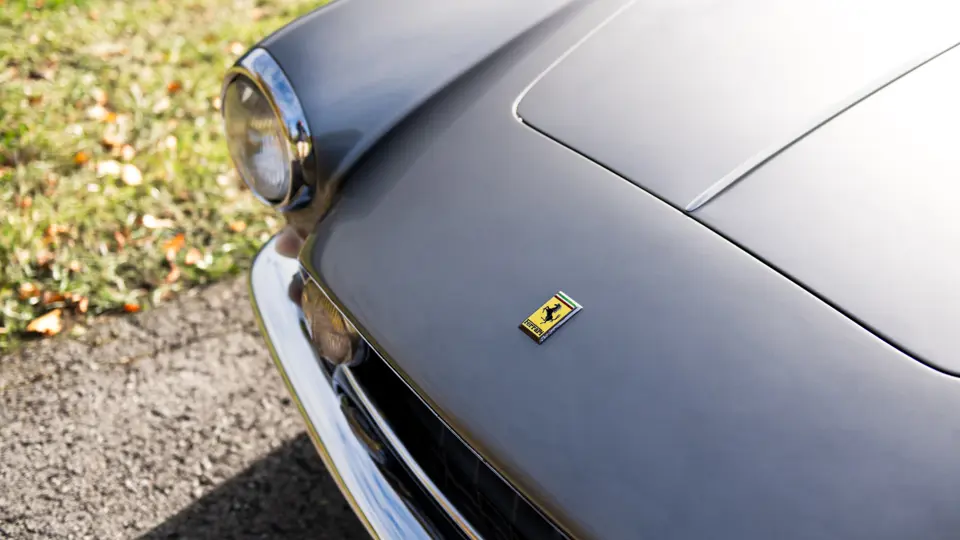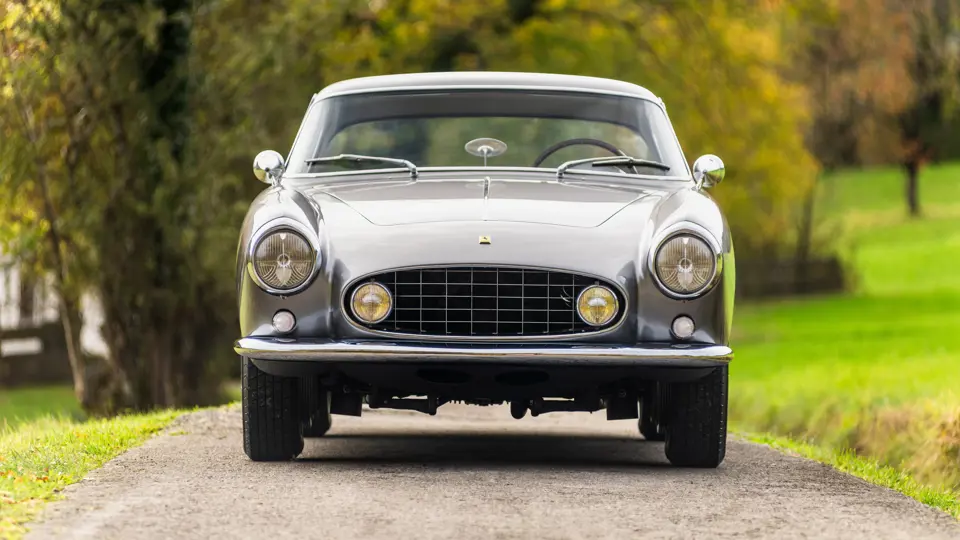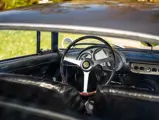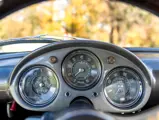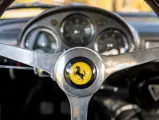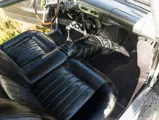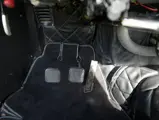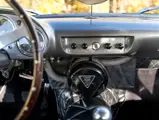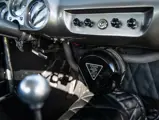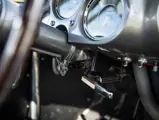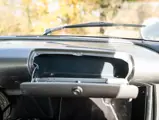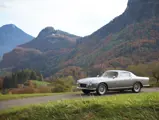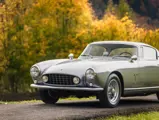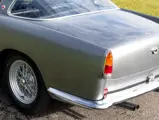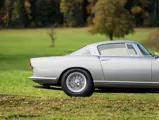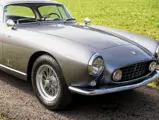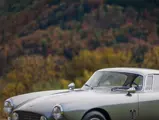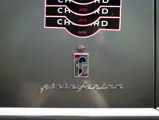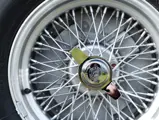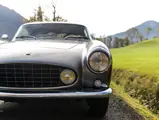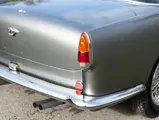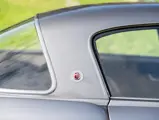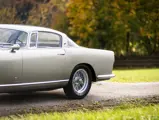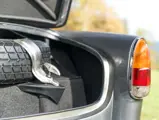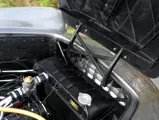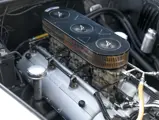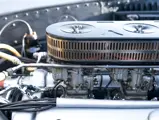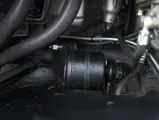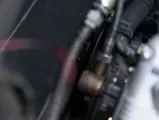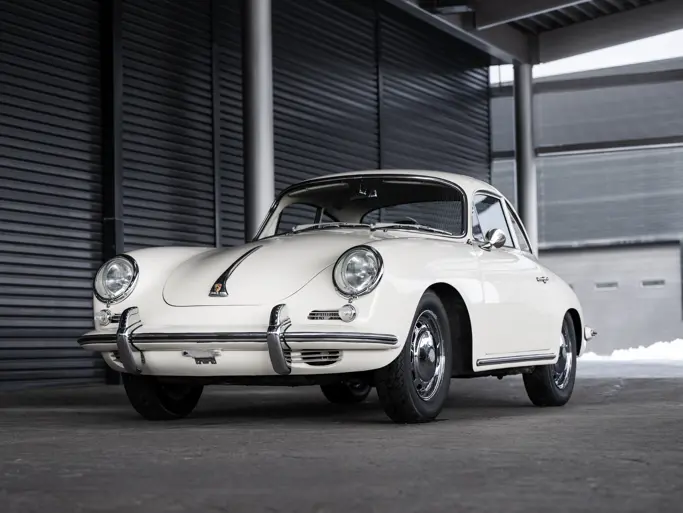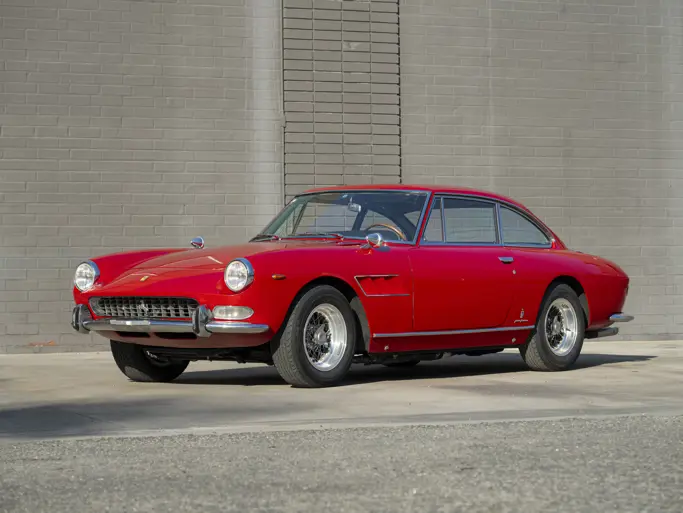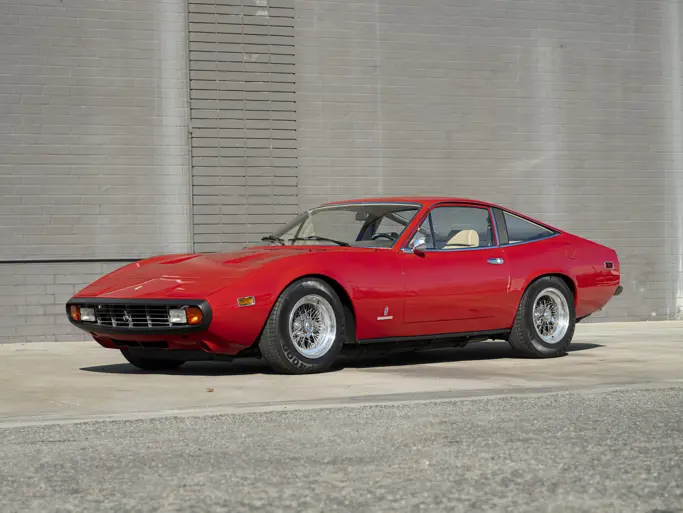
1956 Ferrari 250 GT Coupé Prototype by Pinin Farina
{{lr.item.text}}
€916,250 EUR | Sold
{{bidding.lot.reserveStatusFormatted}}
- The fourth of nine Pinin Farina-bodied prototypes of the 250 GT Boano Coupé
- Retains its matching-numbers engine
- Formerly owned by the wife of celebrated conductor, Guido Cantelli
- Eligible for leading historic events including the Mille Miglia
- A significant and handsome V-12 Ferrari gran turismo
- Le quatrième de neuf prototypes du coupé 250 GT Boano carrossés par Pinin Farina
- Moteur d'origine (numéros concordants)
- Ancienne propriété de l'épouse du célèbre chef d'orchestre Guido Cantelli
- Éligible aux évènements historiques majeurs dont les Mille Miglia
- Ferrari V12 Gran Turismo aussi significative qu'élégante
Ferrari forged its reputation in the white heat of competition, but as Maranello’s racing portfolio expanded from sportscars to the fledgling Formula 1 series in the 1950s, the cost of the various programmes began to weigh on its founder. To support Enzo’s on-track exploits, the firm turned to the burgeoning luxury road car market, channelling its competition know-how into a series of spectacular grand tourers beginning with the 250 Europa GT.
The new car proved such a hit at the 1954 Paris Motor Show that order books quickly reached a point where both Ferrari and its preferred coachbuilder, Pinin Farina, began to struggle. Carrozzeria Boano stepped into the breach, and its larger manufacturing facilities began turning out 250 GTs from 1956, beginning with a one-off Cabriolet and eventually leading to the creation of some five dozen 250 GTs, each featuring a distinctive lower wing line that marked them apart from the Pinin Farina-penned prototypes.
Only a handful of examples were built by Pinin Farina prior to production transferring to Boano, among them chassis 0435 GT, which was fourth to leave the Corso Trapani works. A home-market car, it was sold new to first owner, Signora Iris Cantelli—wife of celebrated conductor, Guido Cantelli—in April 1956. Cantelli would be named Musical Director of the Scala in Milan in November, a week before being killed in a plane crash outside Paris. Ferrari is understood to have offered to buy the car back as a gesture of goodwill following Cantelli’s death, and in 1957 it was bought by Parma-based industrialist, Sergio Cannaro, who drove the car during his honeymoon. In 1960 the Ferrari was exported to Switzerland, where it was later owned by a Mr. Messerli, in whose care the car was involved in a fatal accident. The prototype was subsequently rebuilt with the engine, rear axle, disc brakes, and wheels from 250 GT/L Lusso chassis 5135 GT.
The Ferrari was then sold, accompanied by its original engine and gearbox, to Jean-Pierre Oberson, a former mechanic of Jo Siffert based in Bulle, Switzerland. Oberson commissioned a complete restoration during which the car was reunited with its original powertrain and refinished in red over a black interior. The completed prototype was displayed at Club Ferrari Suisse’s anniversary meeting in Montreux, Switzerland in April 1990.
The Ferrari was sold to Tiziano Carugati in 2000, and in 2006 it was bought by a UK-based collector who commissioned a full body restoration by Carrosserie Francois Cointreau of Angers, France. By March 2008 the restoration had been finished, capped with a smart repaint in its current metallic grey over black configuration. The Ferrari was promptly entered in that year’s Tour Auto, after which it was sold to a Belgian enthusiast. It remained in their care until 2015, when it was acquired at auction by the consigning seller, and by December of that year had been imported to their native Germany.
While in the care of the current owner this special and significant Ferrari has been well cared-for and shown regularly, having participated in the Mille Miglia Storica no fewer than five times between 2016 and 2022. In 2018, following protracted negotiations, the car was reunited with its original rear axle, which was installed by Graber Garage, Bern.
With its handsome Pinin Farina bodywork and more convenient four-speed synchromesh gearbox, chassis 0435 GT is not only rarer than its Boano-bodied successor, but also significantly more enjoyable to drive. Beautifully presented, this special coach-built classic offers its next owner a golden ticket to the world’s most prestigious and exclusive concours and historic events.
Ferrari a forgé sa réputation sur les circuits de courses, mais quand dans les années 50 les projets de compétition se sont étendus des voitures de sport aux monoplace de Formule 1, le coût des ambitieux programmes a commencé à peser sur l'équilibre de l'entreprise. Pour financer ses exploits sportifs, Enzo Ferrari s'est tourné vers le marché des voitures de sport de luxe, transformant son expérience de la course en une série de spectaculaires voitures de Grand Tourisme, à commencer par la 250 Europa GT.
Le nouveau modèle a rencontré un tel succès au Salon de Paris 1954 que le carnet de commandes s'est rempli au point que Ferrari et son carrossier de choix, Pinin Farina, ont eu du mal à y faire face. La Carrozzeria Boano s'est précipité dans la brèche et, avec ses capacités industrielles plus importantes, a commencé à produire à partir de 1956 des 250 GT dont la première fut un cabriolet, suivi de quelque cinq douzaines de coupés 250 GT dont la ligne d'ailes plus basse les distinguait des prototypes dessinés par Pinin Farina.
Seuls quelques exemplaires ont été fabriqués par Pinin Farina avant que la production ne soit transférée chez Boano et le châssis 0435 GT, le quatrième à avoir quitté l'atelier du Corso Trapani, en fait partie. Destinée au marché italien, cette voiture a été vendue neuve en avril 1956 à la Signora Iris Cantelli — épouse du célèbre chef d'orchestre Guido Cantelli. Au mois de novembre, celui-ci a été nommé Directeur Musical de la Scala de Milan, mais une semaine plus tard il s'est écrasé dans un accident d'avion non loin de Paris. Ferrari aurait proposé de reprendre la voiture, en geste de bonne volonté à la suite du décès de Cantelli, et en 1957 elle a été achetée par un industriel de Parme, Sergio Cannaro, qui l'a utilisée pour sa lune de miel. En 1960, cette Ferrari a été exportée en Suisse où elle a plus tard appartenu à un M. Messerli, époque où elle a été impliquée dans un accident mortel. Elle a été ensuite reconstruite avec le moteur, le pont arrière, les freins à disque et les jantes de la 250 GL Lusso châssis 5135 GT.
Cette Ferrari a été ensuite vendue, accompagnée de son moteur et de sa boîte de vitesses d'origine, à Jean-Pierre Oberson, un ancien mécanicien de Jo Siffert basé à Bulle, en Suisse. Il a fait faire une restauration complète au cours de laquelle la voiture a retrouvé son moteur d'origine, avec une peinture rouge et un intérieur noir. Une fois terminé, le prototype a été exposé lors du rassemblement anniversaire du Club Ferrari Suisse, en avril 1990 à Montreux.
En 2000, la Ferrari a été achetée par Tiziano Carugati puis, en 2006, par un collectionneur basé au Royaume-Uni qui l'a confiée à la Carrosserie François Cointreau, à Angers (France), pour une restauration complète de carrosserie. En 2008, la remise en état était terminée et la voiture présentait sa belle couleur actuelle gris métallisé, avec sellerie noire. Elle a été sans tarder inscrite au Tour Auto de la même année, après quoi elle a été vendue à un passionné belge. Il l'a gardée jusqu'en 2015 avant de la proposer aux enchères où elle a été achetée par le propriétaire actuel qui, au mois de décembre, l'a importée dans son pays, l'Allemagne.
Depuis son achat, elle est traitée avec soin et utilisée régulièrement, ayant participé aux Mille Miglia pas moins de cinq fois entre 2016 et 2022. En 2018, à la suite de longues négociations, elle a pu retrouver son pont arrière d'origine, la pose ayant été effectuée par Graber Sportgarage, à Berne.
Avec sa superbe carrosserie Pinin Farina et sa boîte de vitesses plus commode à quatre rapports synchronisés, cette voiture (châssis 0435 GT) est non seulement plus rare que la version Boano qui lui a succédé, mais elle est aussi nettement plus plaisante à conduire. Magnifiquement présentée, cette classique à carrosserie artisanale offre à son prochain propriétaire un ticket d'entrée aux concours d'élégance et évènements historiques les plus prestigieux et exclusifs du monde.





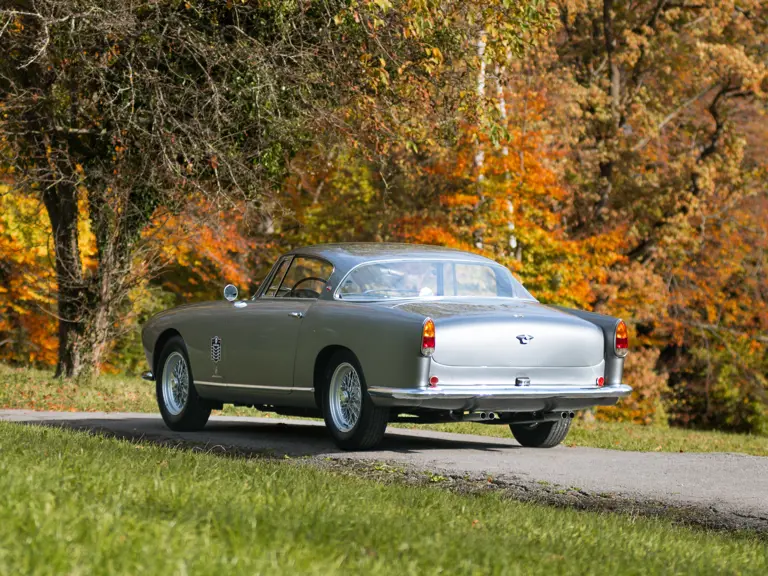
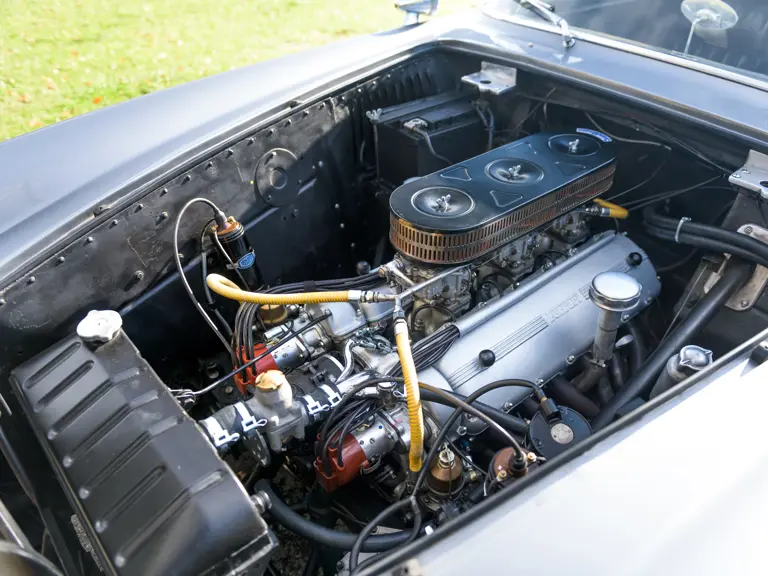
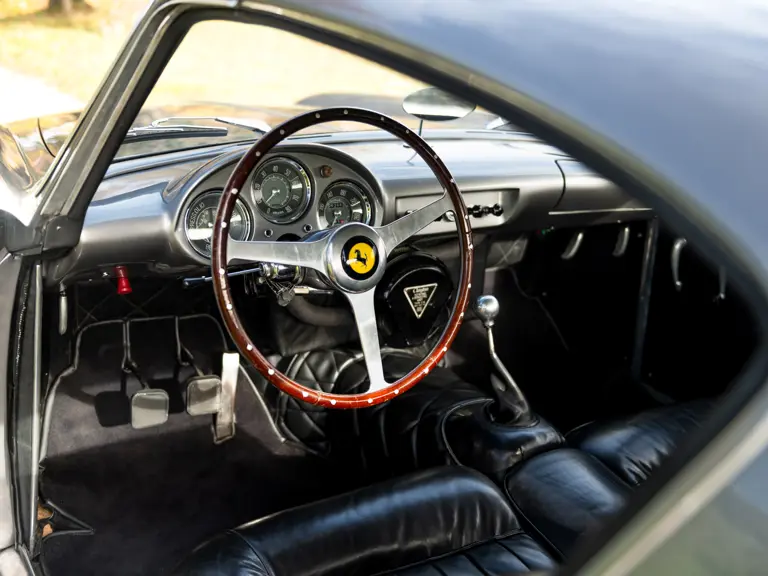
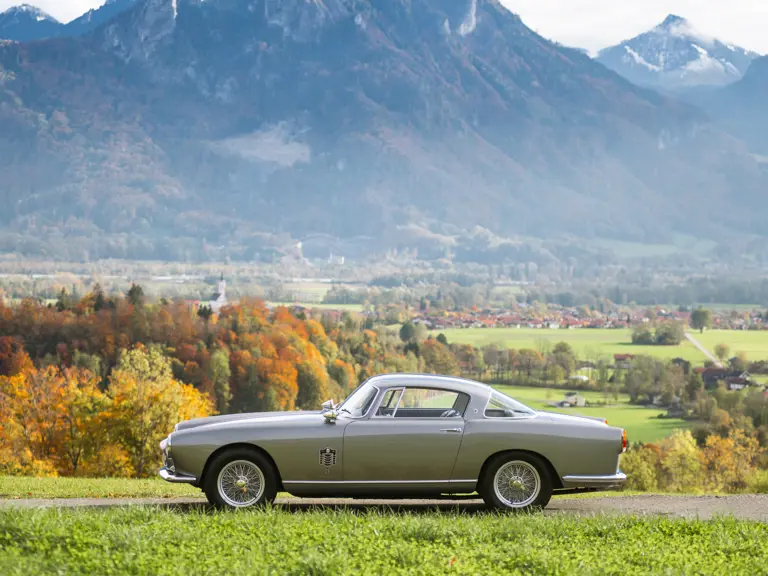
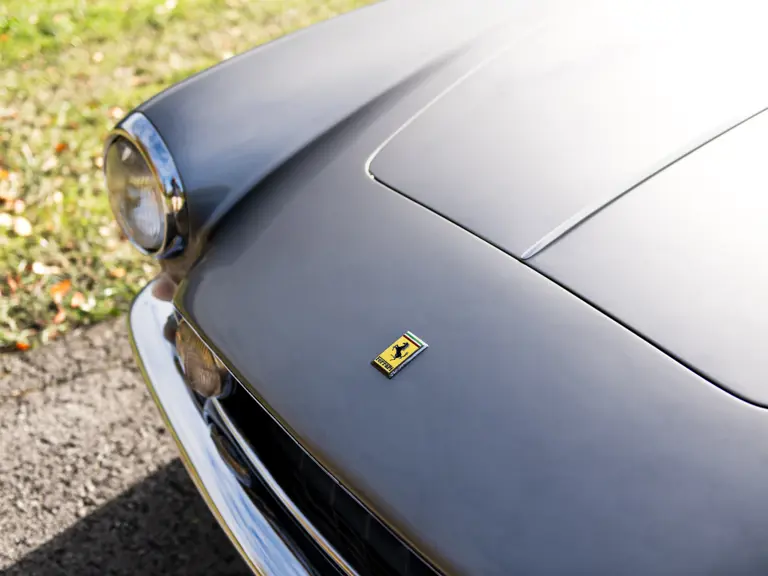
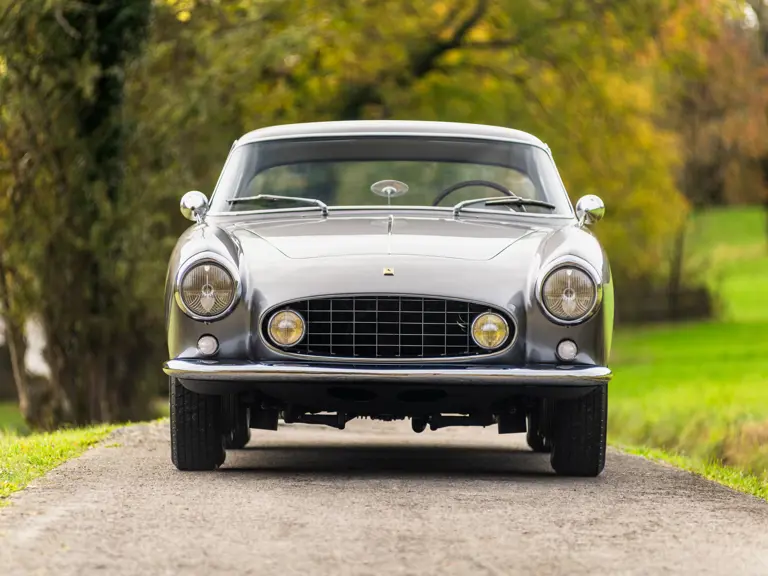
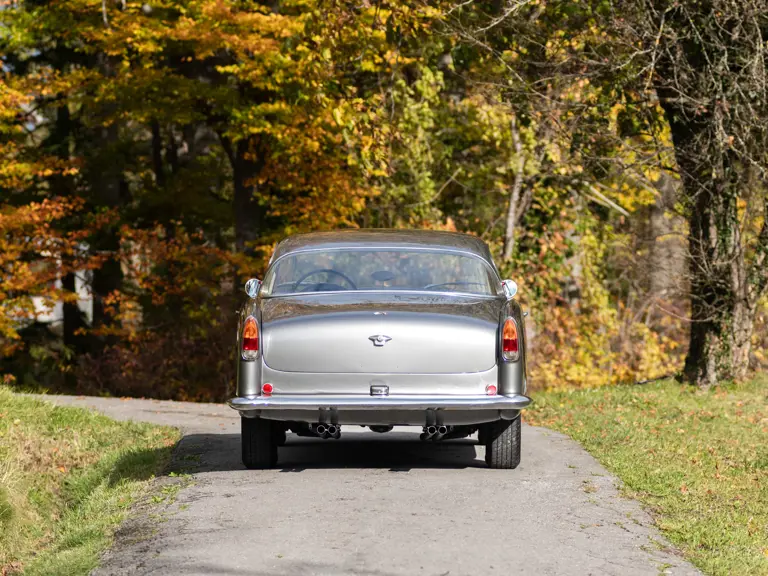
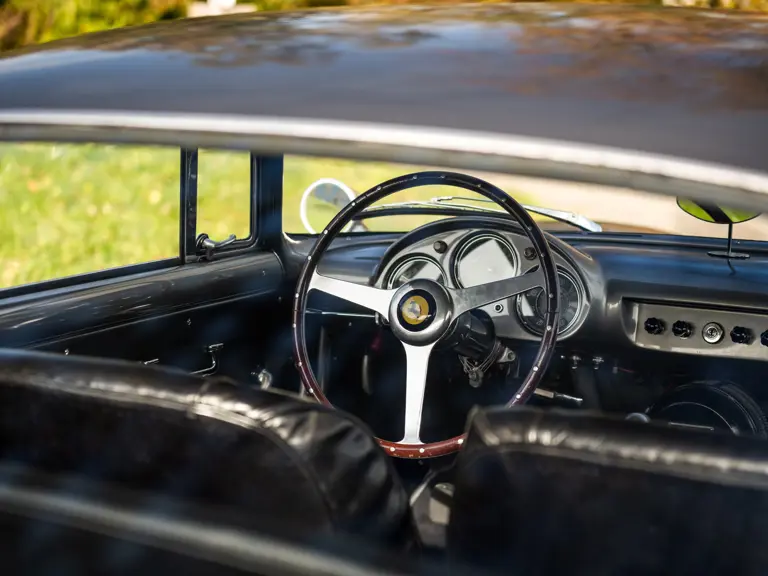


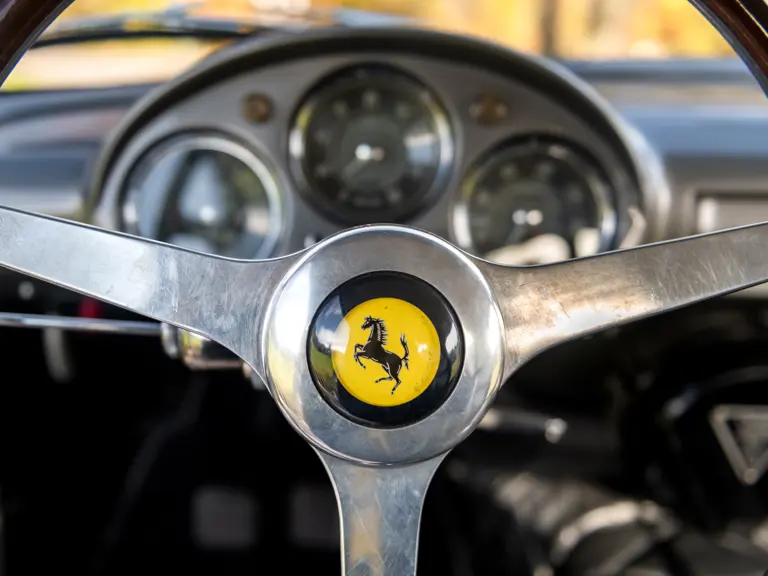
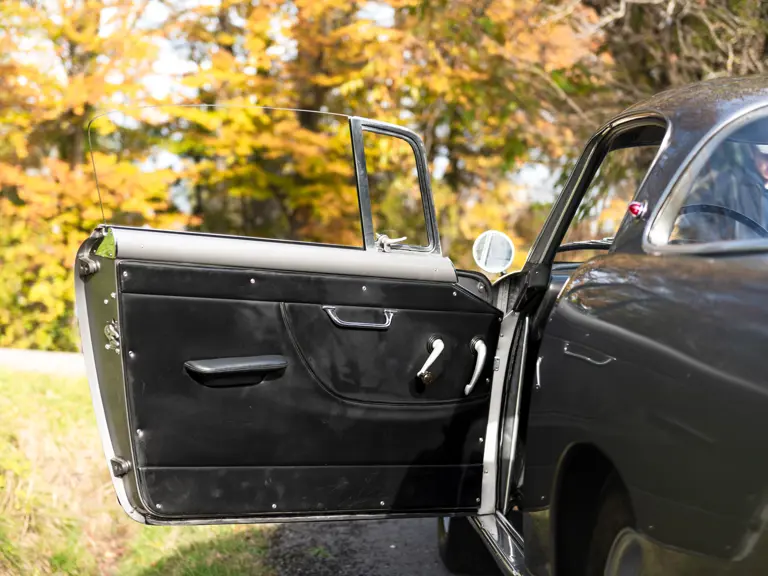
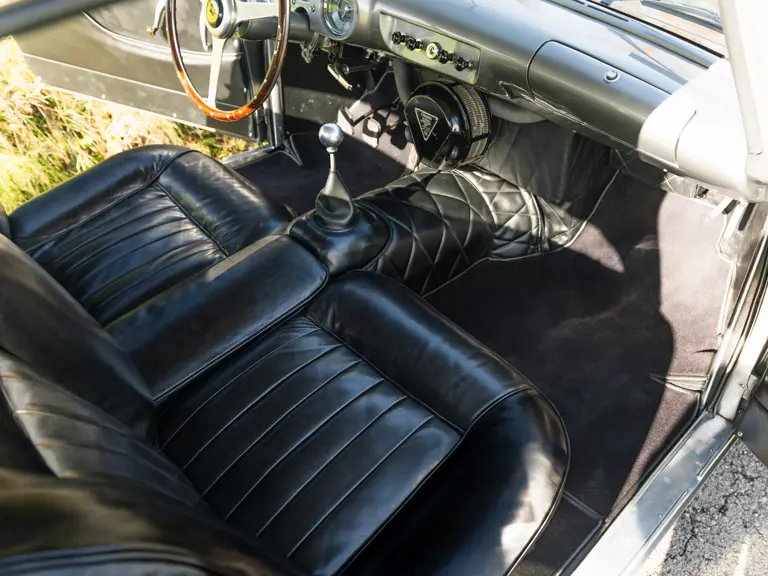


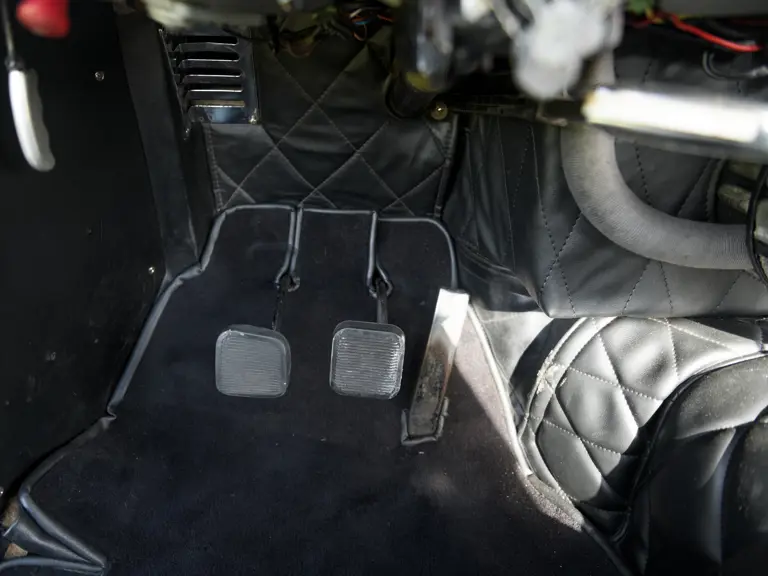
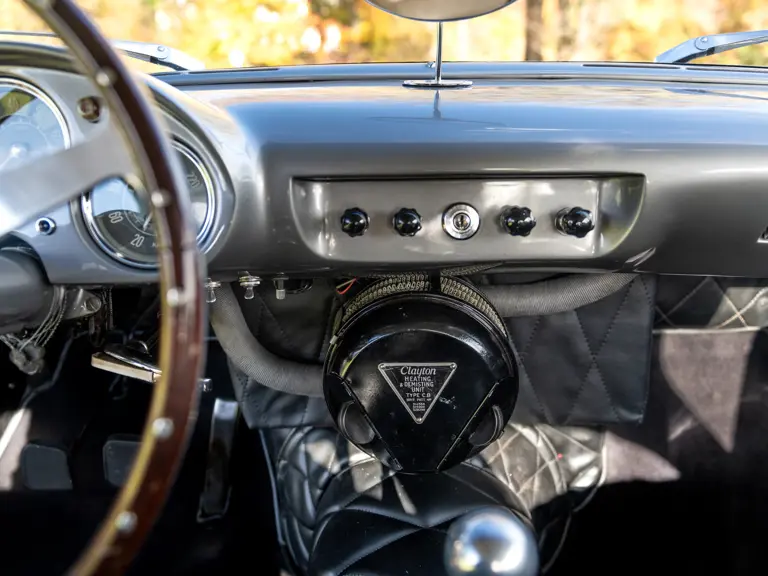
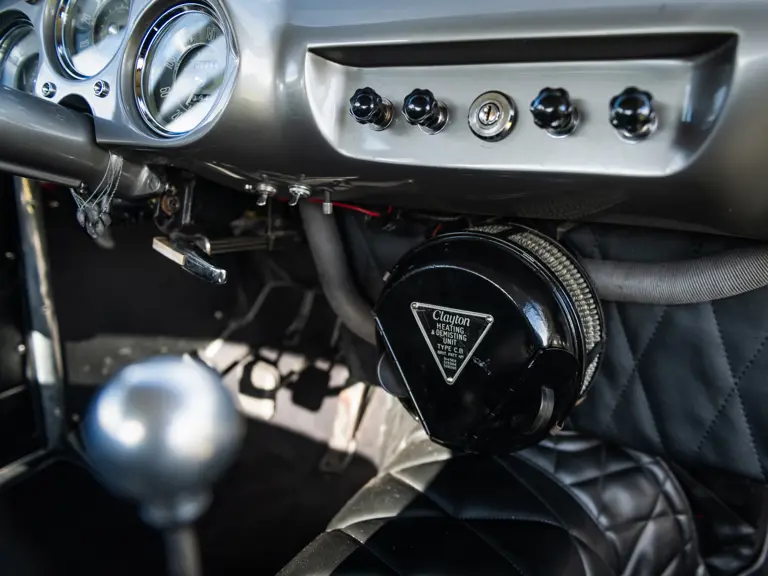
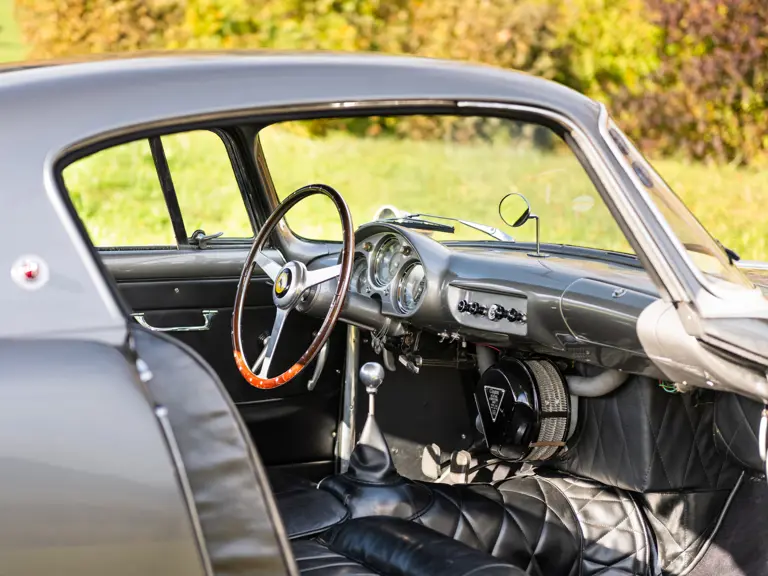

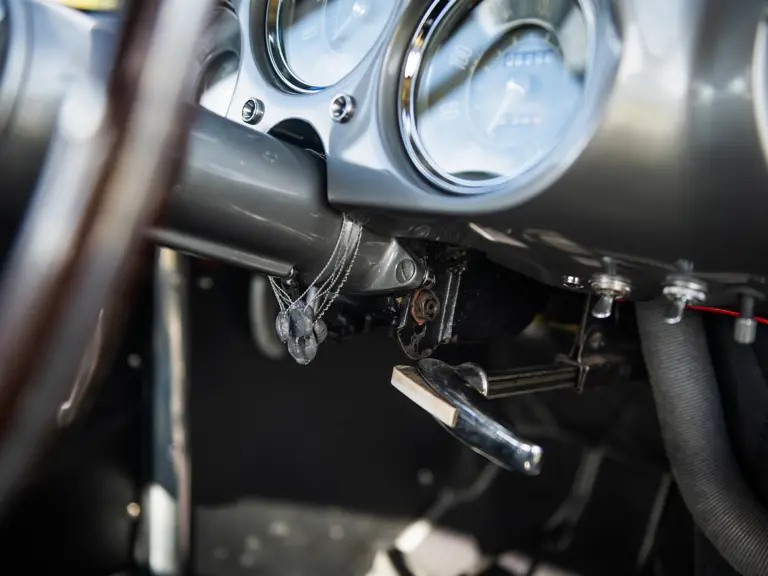
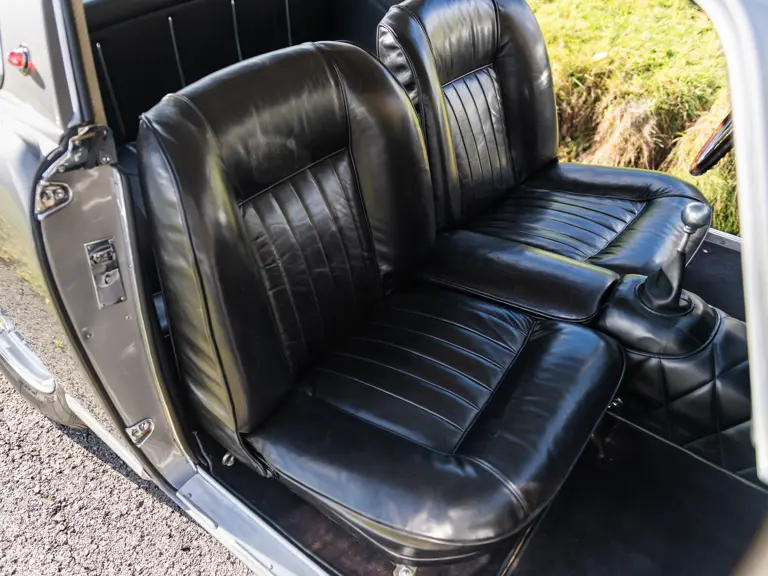
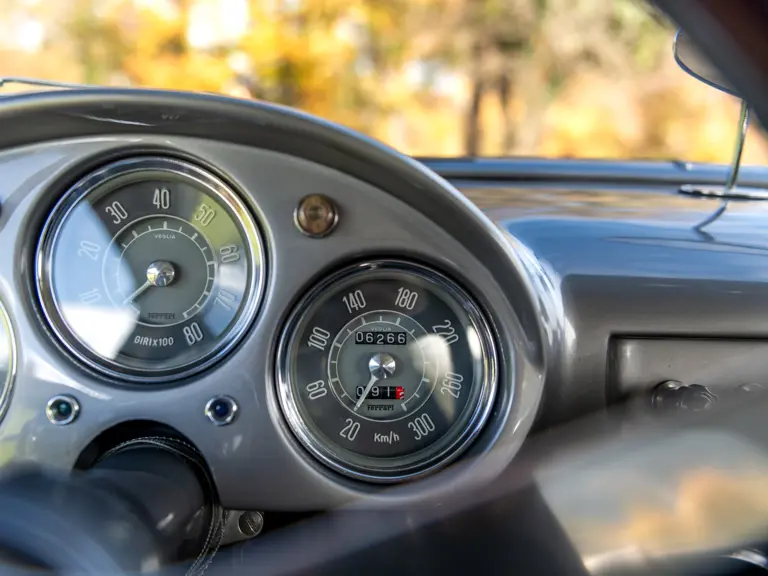
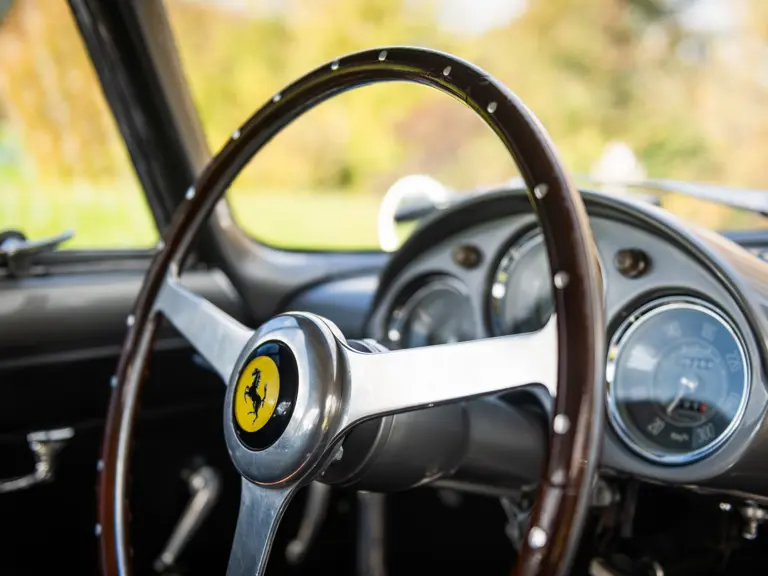



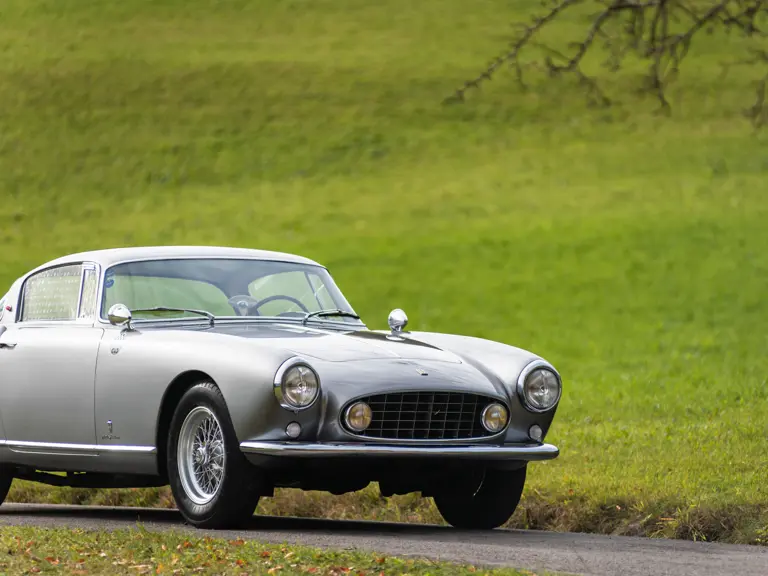
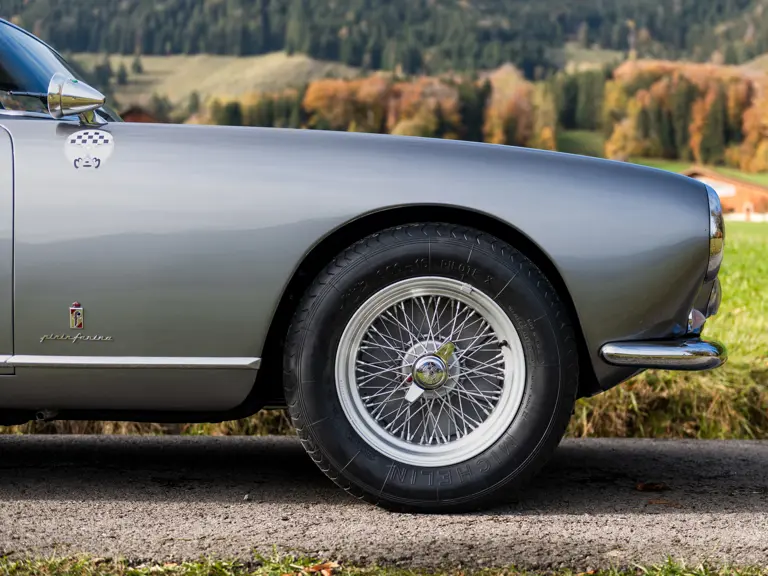
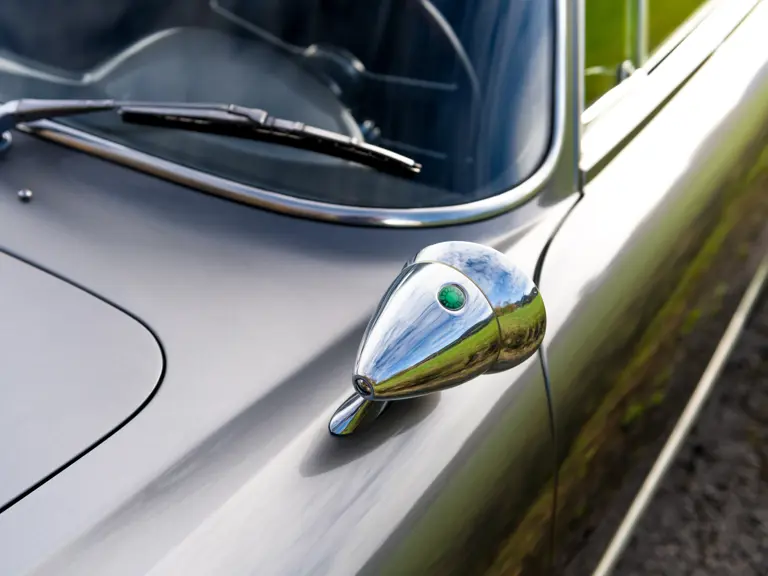
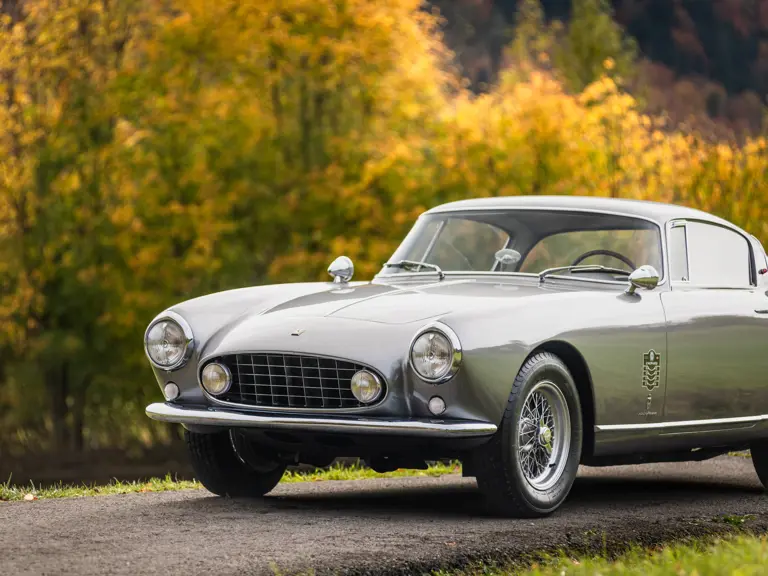

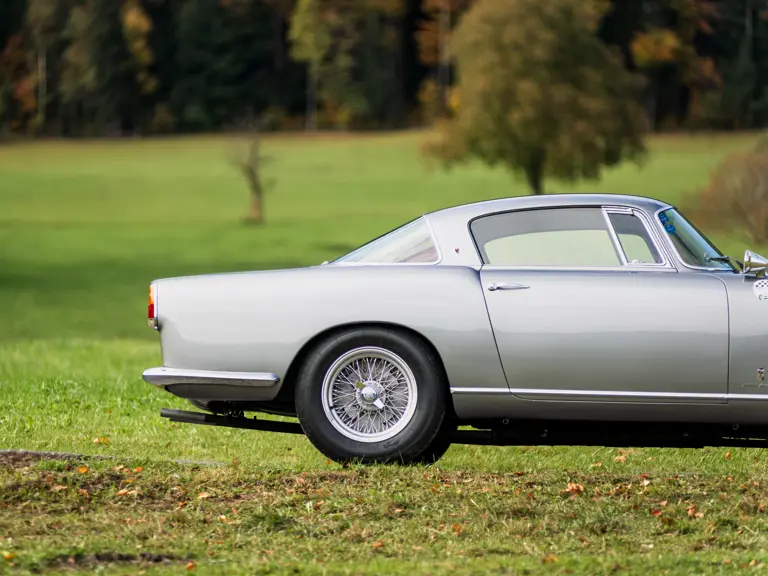
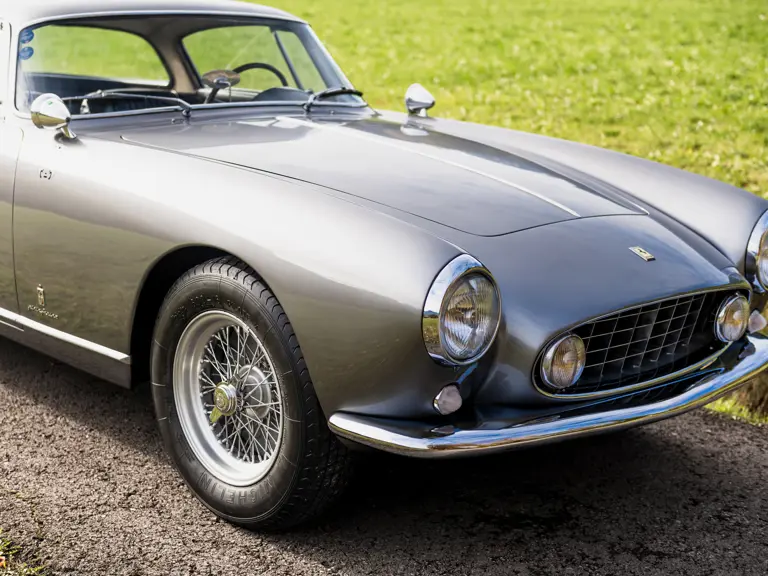

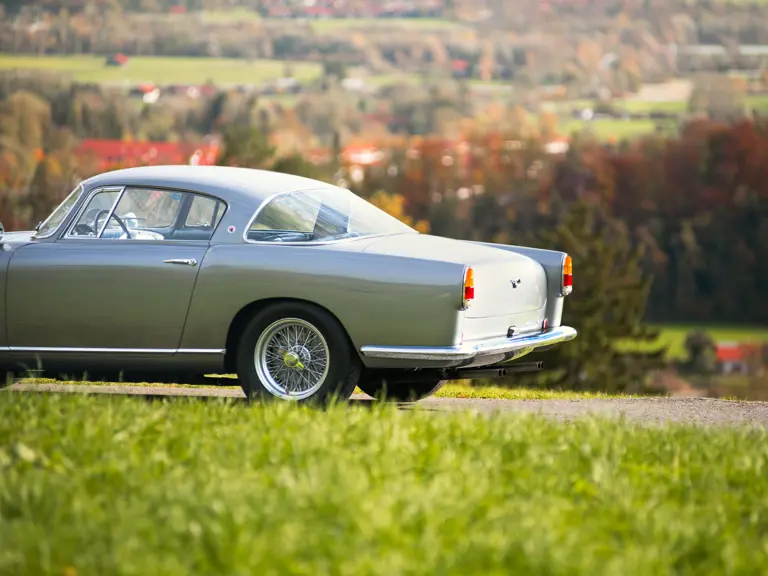
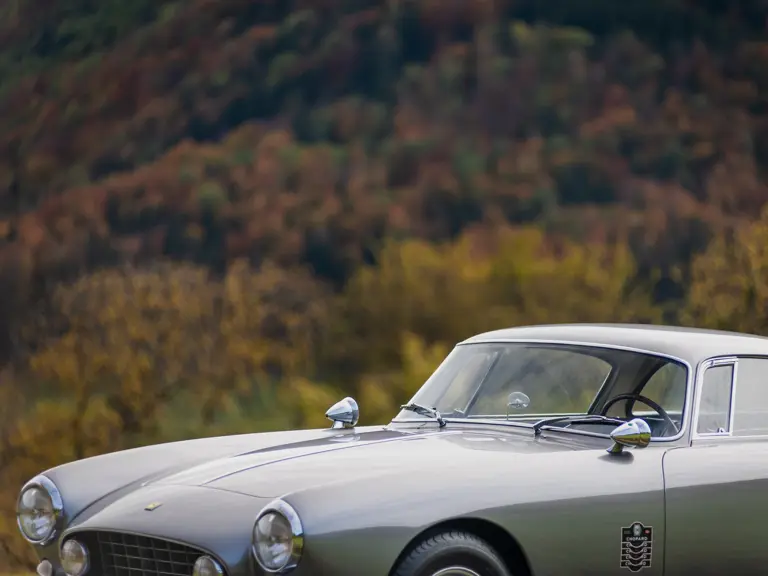

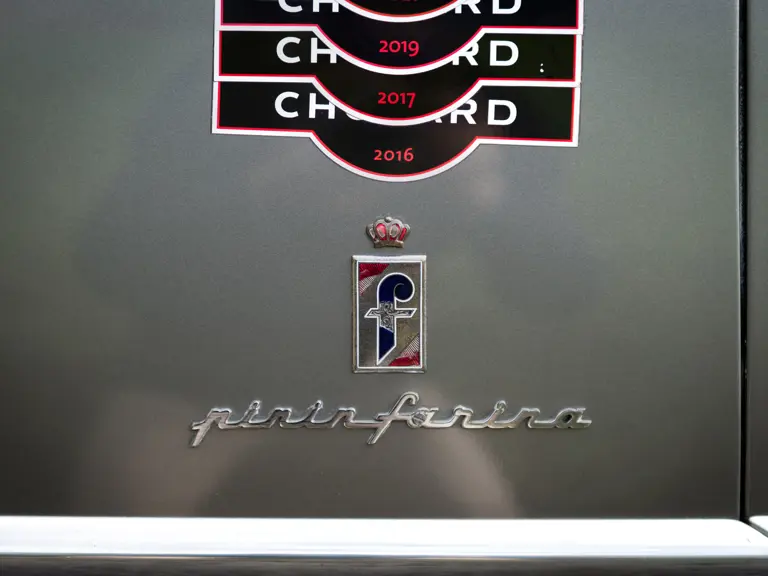
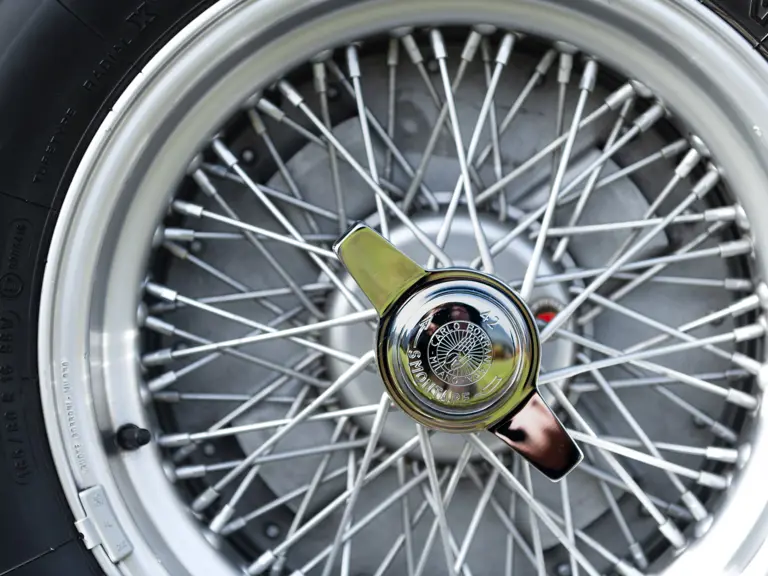

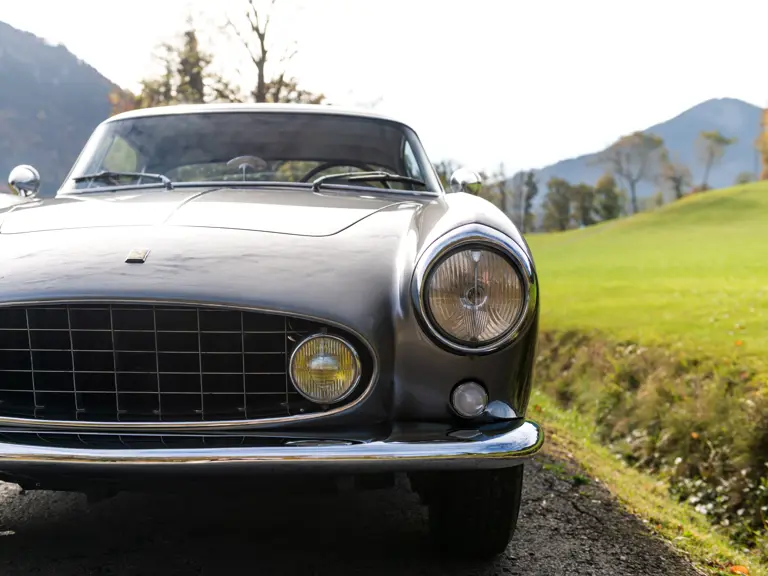
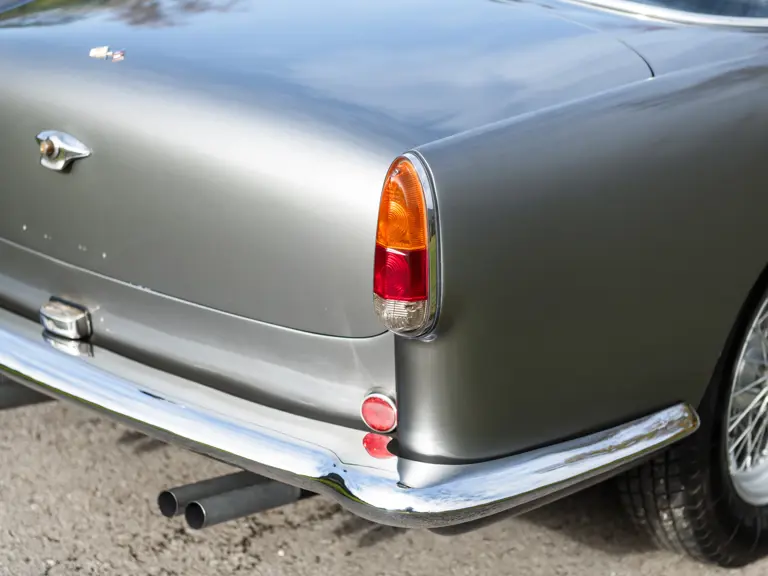

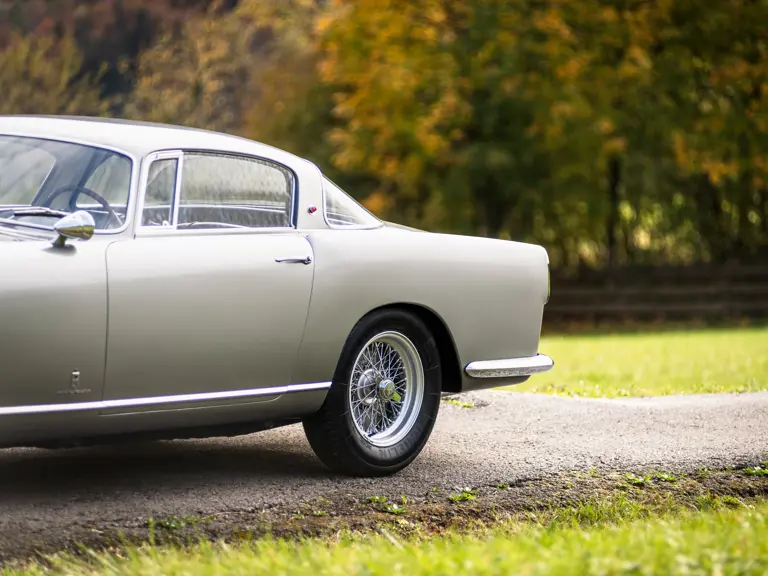



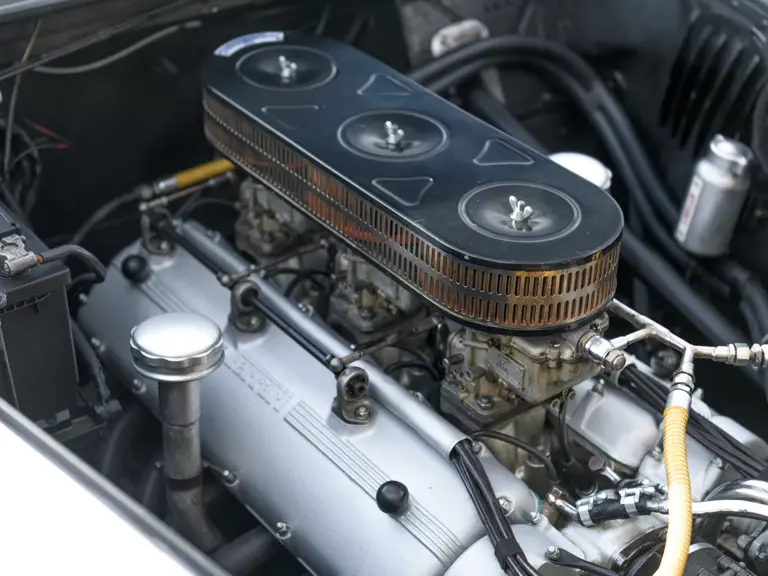
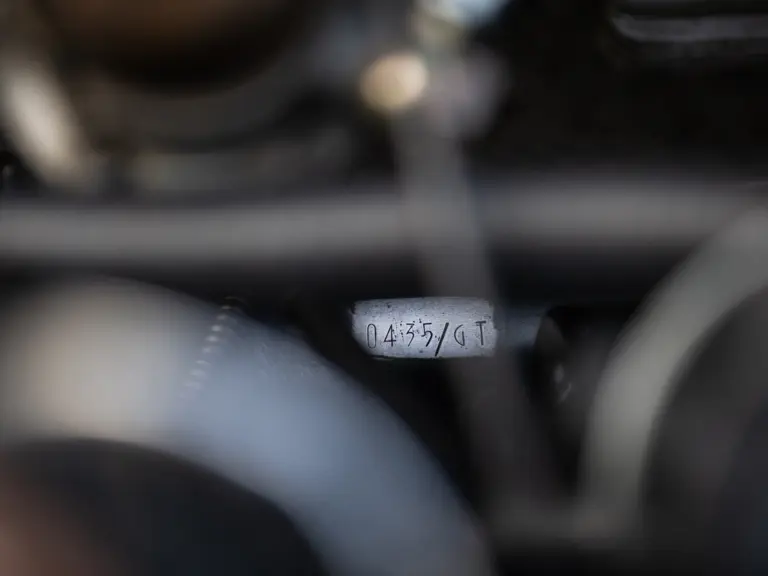
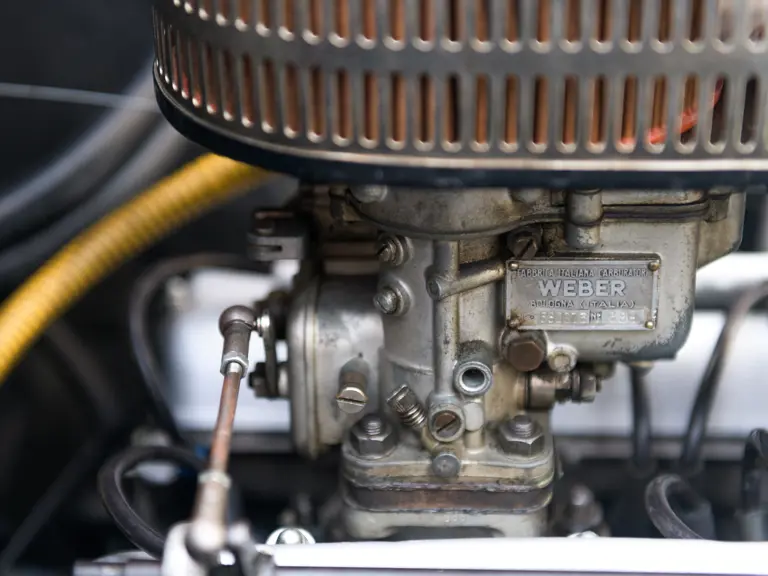
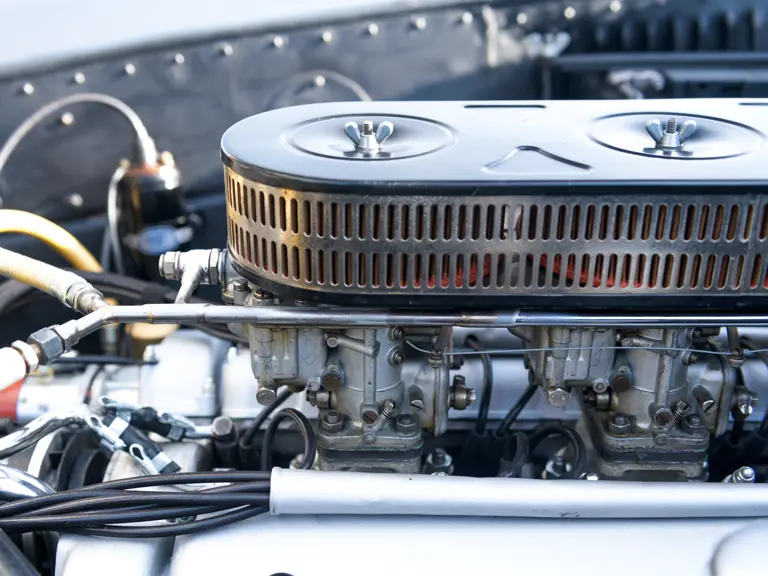
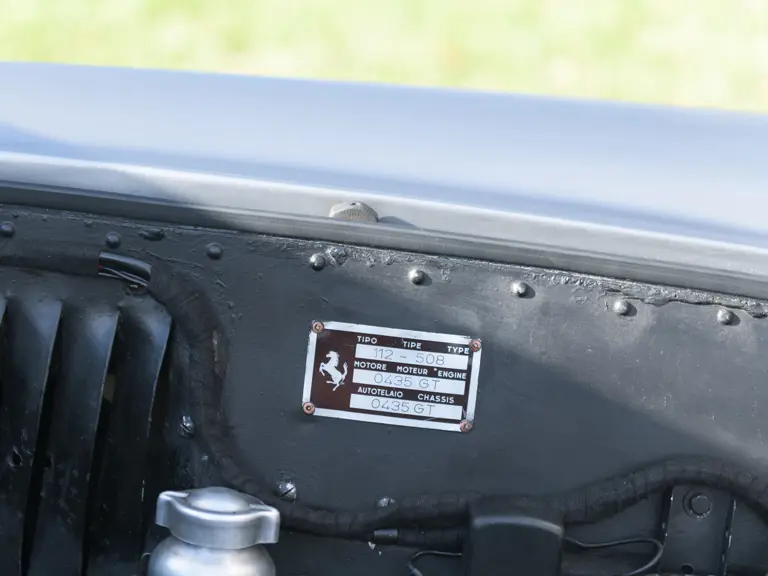
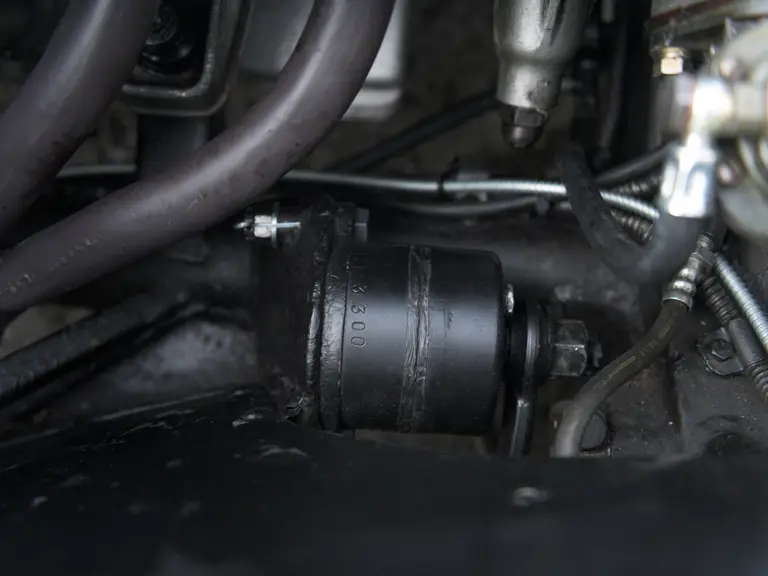
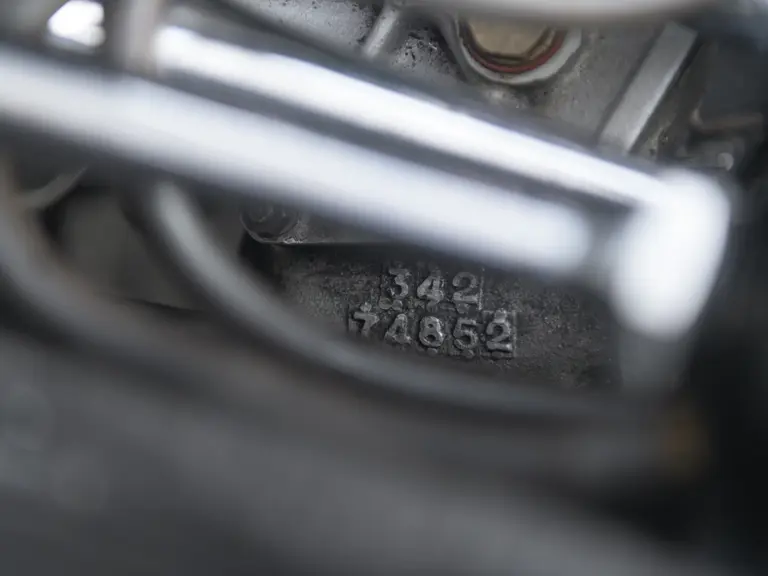


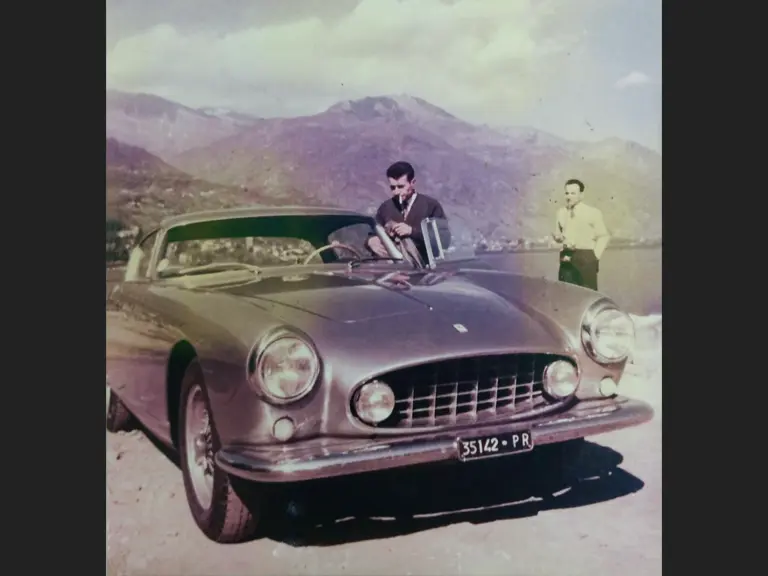
 | Paris, France
| Paris, France
